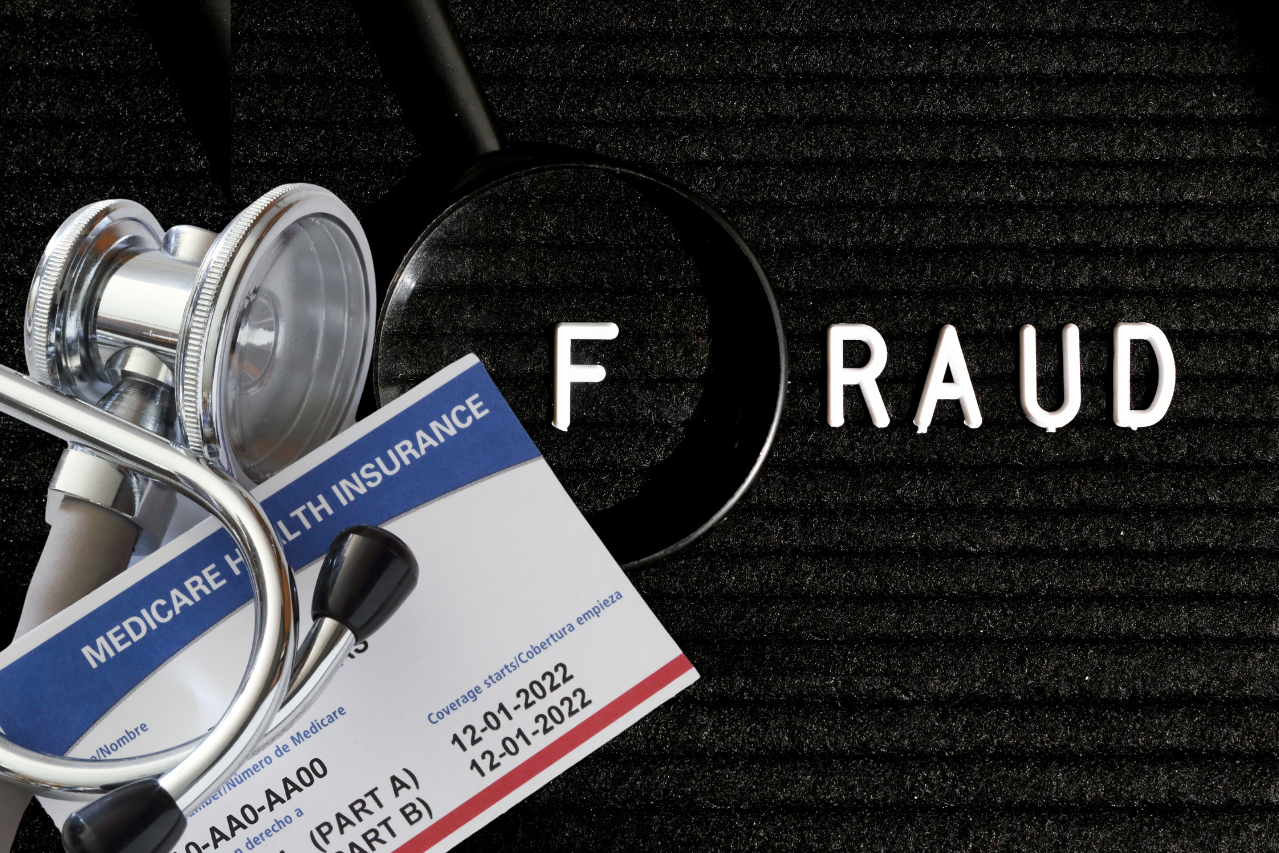Medicare fraud poses a significant challenge to the U.S. healthcare system, leading to substantial financial losses and undermining the integrity of medical services. Traditional methods of detecting fraudulent claims often struggle with issues like data imbalance and high dimensionality, resulting in lower accuracy and overfitting. In fiscal year 2023, the Department of Health and Human Services (HHS) Office of Inspector General (OIG) reported expected recoveries of nearly $3 billion from audits and investigations targeting Medicare, Medicaid, and other health services.
The Centers for Medicare & Medicaid Services (CMS) reported an improper payment rate of 7.38% for Medicare Fee-for-Service (FFS) in fiscal year 2023, amounting to approximately $31.2 billion in improper payments. This marks the seventh consecutive year that the improper payment rate has remained below the 10% compliance threshold established by statutory requirements.
Additionally, the Department of Justice (DOJ) announced that settlements and judgments under the False Claims Act exceeded $2.68 billion in fiscal year 2023, with over $1.8 billion related to the healthcare industry, including Medicare fraud cases.
In response to these challenges, a team of independent researchers has introduced a novel artificial intelligence technique utilizing Non-Linear Logistic Regression Analysis (NL-LRA) to enhance the detection of fraudulent Medicare claims.
“Our research is simply the next big step above the already-existing fraud detection methods,” says Nithin Reddy Desani, contributing author of the research paper. “We incorporated Penalized Logistic Tree Regression, which allows for a 99.2% accuracy rate in identifying fraudulent claims. This is all done while maintaining high precision and recall rates of 94.5% and 99.09%, respectively.“
Understanding Non-Linear Logistic Regression Analysis (NL-LRA)
Logistic regression is a statistical method commonly used for binary classification tasks, such as distinguishing between fraudulent and legitimate claims. Traditional logistic regression models assume a linear relationship between the input variables and the log-odds of the outcome. However, real-world data, especially in complex domains like healthcare, often exhibit non-linear patterns. NL-LRA extends traditional logistic regression by incorporating non-linear relationships, allowing the model to capture more complex interactions between variables.
Key Features of the NL-LRA Approach
The research team, including contributing author Nithin Reddy Desani, has developed an advanced AI technique that integrates several sophisticated methods to improve fraud detection:
- Penalized Logistic Tree Regression: This approach combines logistic regression with decision tree methodologies, enabling the model to handle complex, non-linear relationships within the data. By applying penalties to the regression, the model reduces the risk of overfitting, thereby enhancing its generalizability to new, unseen data.
- Synthetic Minority Oversampling Technique (SMOTE): Medicare fraud detection datasets often suffer from class imbalance, where fraudulent cases are significantly outnumbered by legitimate ones. SMOTE addresses this issue by generating synthetic examples of the minority class (fraudulent claims), leading to a more balanced dataset and improving the model’s ability to detect fraud.
- Linear Discriminant Analysis (LDA) for Feature Selection: LDA is employed to identify the most relevant features that distinguish between fraudulent and non-fraudulent claims. By focusing on these key features, the model becomes more efficient and interpretable.
- LIME-Based Explainability Model: Transparency in AI decision-making is crucial, especially in healthcare applications. The researchers incorporated the Local Interpretable Model-agnostic Explanations (LIME) technique to provide clear insights into the model’s predictions, making it easier for healthcare providers and administrators to understand and trust the AI system’s decisions.
“LIME-based explainability is practically a requirement when offering AI-based systems to those outside the field. Even better, AI-driven fraud detection can become more transparent and accountable with this system,” explains Desani. “Of course, transparency and regulatory compliance are requirements for healthcare providers. If you don’t know what’s going on under the hood, how can you know if it’s actually detecting fraud cases accurately? The last thing anyone wants is to deny medical help to those who actually need it. That’s why further research into these methods is so important.“
Performance and Implications
The NL-LRA model has demonstrated impressive performance metrics:
- Accuracy: The model achieved a 99.2% accuracy rate in identifying fraudulent Medicare claims, indicating a high level of reliability.
- Precision and Recall: With precision at 94.5% and recall at 99.09%, the model effectively balances the identification of true positives while minimizing false positives, ensuring that legitimate claims are not wrongly flagged as fraudulent.
These advancements suggest that the NL-LRA approach could significantly enhance fraud detection capabilities within the Medicare system, potentially leading to substantial cost savings and improved resource allocation.
Broader Context and Future Directions
The integration of advanced AI techniques in fraud detection is part of a broader trend in healthcare analytics. For instance, other studies have explored the use of machine learning models for Medicare fraud detection, addressing challenges such as data imbalance and the need for explainable AI models. These efforts collectively contribute to a more robust and transparent approach to combating healthcare fraud.
As AI continues to evolve, ongoing research and collaboration between data scientists, healthcare professionals, and policymakers will be essential to refine these models, address ethical considerations, and ensure that technological advancements translate into tangible benefits for the healthcare system.
The development of the NL-LRA technique represents a significant step forward in the fight against Medicare fraud, offering a more accurate, interpretable, and efficient tool for detecting fraudulent claims and safeguarding healthcare resources.
Sources
Centers for Medicare & Medicaid Services Office of Inspector General Fiscal Year 2023 Improper Payments Fact Sheet False Claims Act Settlements and JudgmentsAre you interested in how AI is changing healthcare? Subscribe to our newsletter, “PulsePoint,” for updates, insights, and trends on AI innovations in healthcare.




